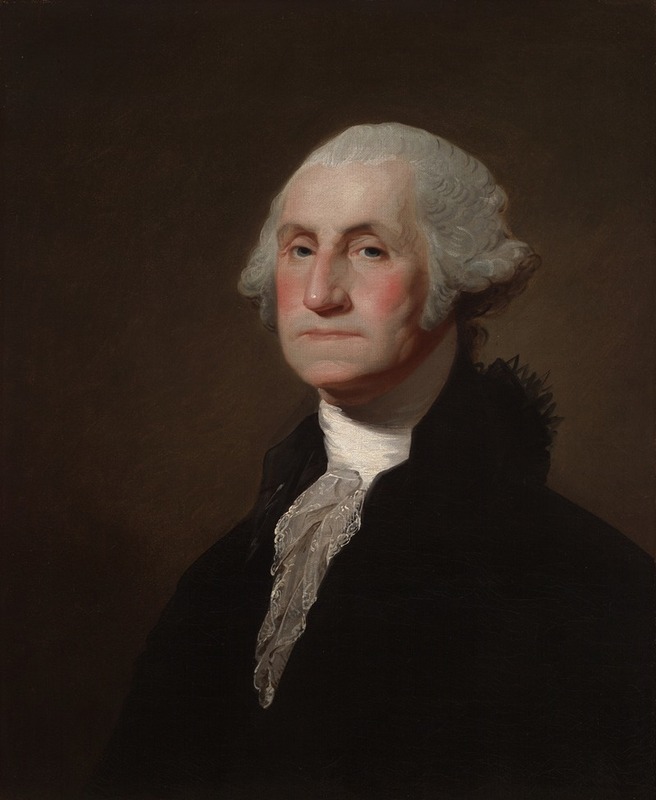
George Washington
A hand-painted replica of Gilbert Stuart’s masterpiece George Washington, meticulously crafted by professional artists to capture the true essence of the original. Each piece is created with museum-quality canvas and rare mineral pigments, carefully painted by experienced artists with delicate brushstrokes and rich, layered colors to perfectly recreate the texture of the original artwork. Unlike machine-printed reproductions, this hand-painted version brings the painting to life, infused with the artist’s emotions and skill in every stroke. Whether for personal collection or home decoration, it instantly elevates the artistic atmosphere of any space.
"George Washington" by Gilbert Stuart is one of the most iconic portraits of the first President of the United States. Painted in 1796, this artwork is part of a series known as the "Athenaeum Portraits," which Stuart never completed. Despite this, the portrait has become one of the most enduring images of George Washington, widely reproduced and recognized.
Gilbert Stuart, an American painter renowned for his portraits, was born in 1755 in Rhode Island. He became one of the most prominent portraitists of his time, capturing the likenesses of many leading figures in both America and Britain. Stuart's work is characterized by its realistic representation and attention to detail, qualities that are evident in his portrayal of Washington.
The "George Washington" portrait was commissioned by Martha Washington, the president's wife, who wanted a likeness of her husband for their home. Stuart painted this portrait from life, and it is said that Washington sat for Stuart in Philadelphia. The painting captures Washington in a dignified pose, wearing a black velvet suit with a white cravat, set against a plain brown background. His expression is calm and composed, reflecting the stoic and resolute character for which he was known.
Stuart's depiction of Washington became the basis for the image of the president on the United States one-dollar bill, further cementing its place in American cultural history. The unfinished nature of the portrait, with its visible brushstrokes and lack of background detail, adds a unique quality to the work, offering insight into Stuart's artistic process.
The original "Athenaeum Portrait" remained in Stuart's possession until his death in 1828. He used it as a model to produce numerous copies, which he sold to support himself financially. This practice was not uncommon at the time, as artists often replicated popular works to meet demand. The original painting is now housed in the National Portrait Gallery in Washington, D.C., where it continues to be a significant attraction for visitors.
Stuart's portrait of Washington is celebrated not only for its artistic merit but also for its historical significance. It provides a window into the early years of the United States and the figure who played a pivotal role in its founding. The portrait's widespread reproduction and use in various forms of media have made it an enduring symbol of American leadership and heritage.
In summary, "George Washington" by Gilbert Stuart is a masterpiece of American portraiture, capturing the essence of one of the nation's most important figures. Its historical and cultural impact remains profound, making it a vital piece of America's artistic legacy.





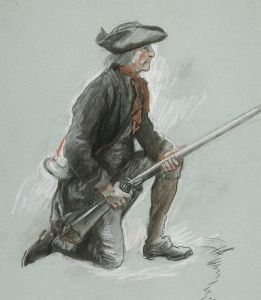
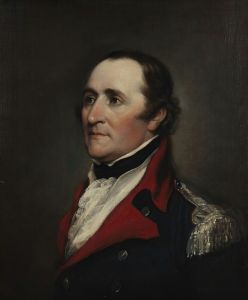

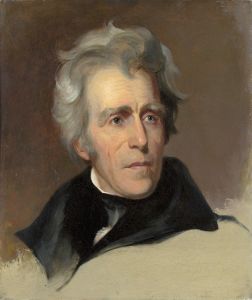
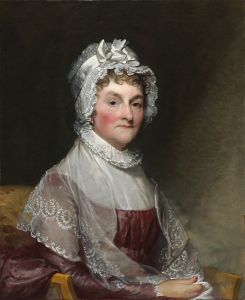
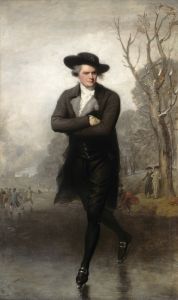
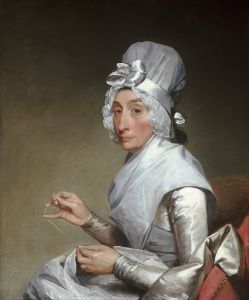
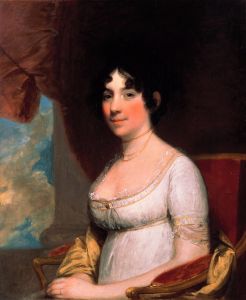
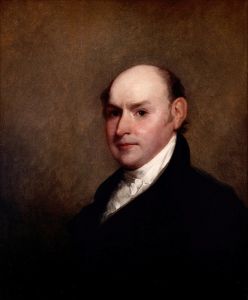
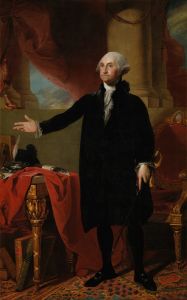
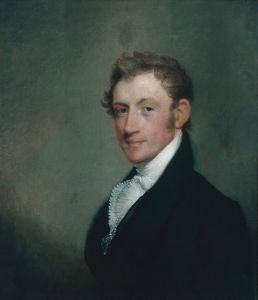
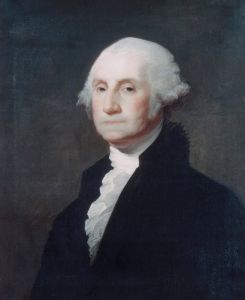
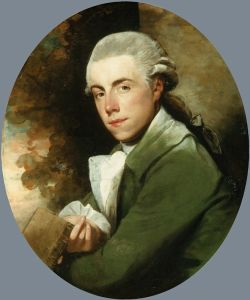
![Graphic designs for the Presidents Room of the ‘Knickerbocker’ Longchamps Restaurant, 41st Street and 1450 Broadway, New York, NY.] [Portrait of Lincoln](/imgs/249258/s/winold-reiss-graphic-designs-for-the-presidents-room-of-the-knickerbocker-longchamps-restaurant-41st-street-and-1450-broadway-new-york-ny-portrait-of-lincoln-e2174e99.jpg)